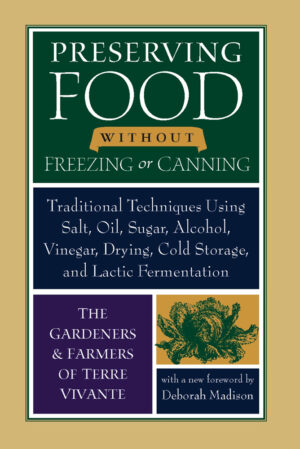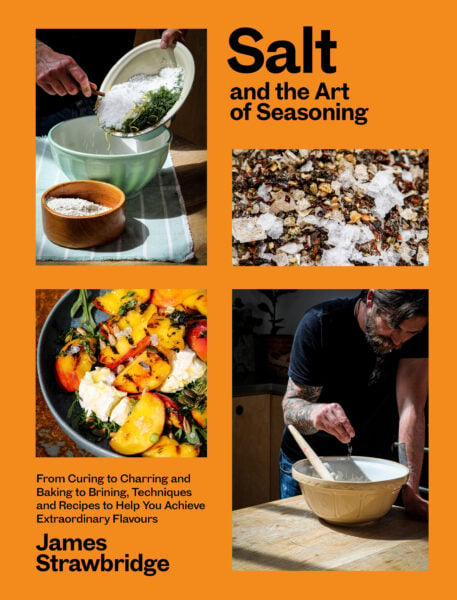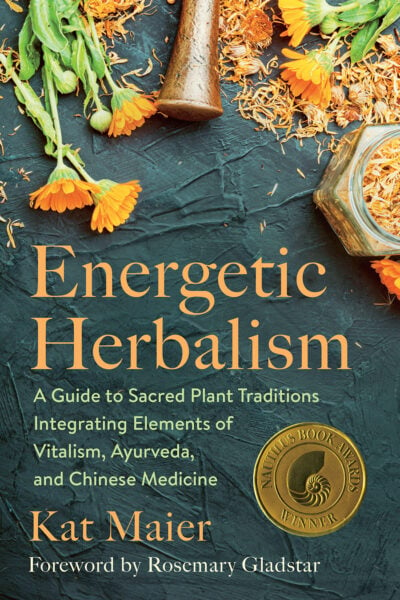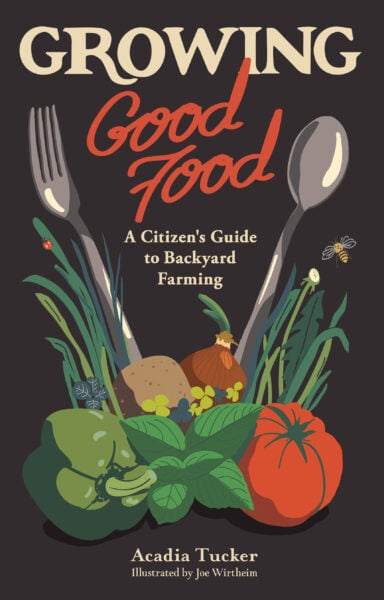How to Preserve Seasonings: Herbs Today, Preserves Tomorrow
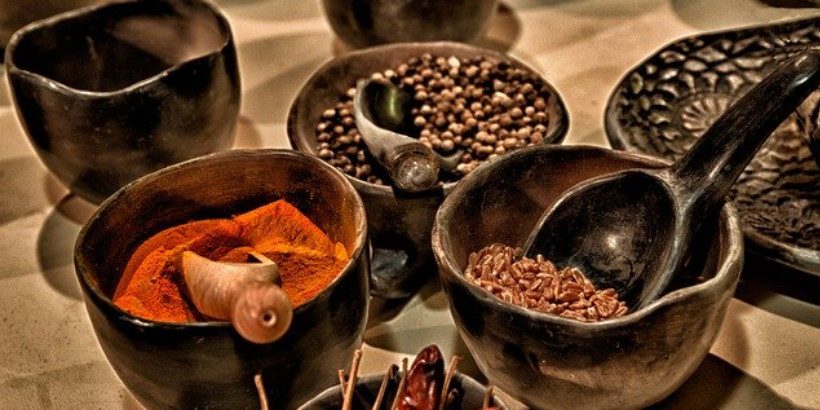
What do you do when you have bunches of herbs reaching maturity at the same time? Preserve them!
Preserving herbs for seasonings involves traditional techniques that use salt, oil, sugar, alcohol, vinegar, and a few other simple ingredients.
The following is an excerpt from Preserving Food without Freezing or Canning. It has been adapted for the web.
Preserve Seasonings in Vinegar
Basil
- Basil
- Cider vinegar
- Small jars and lids
To keep basil fresh for salads, all you have to do is chop some and place it in a small jar with some good cider vinegar. Store the jar in a cool place, and enjoy this valuable seasoning anytime!
Jacqueline Clossett, Belgium
Preserve Pickled Garlic
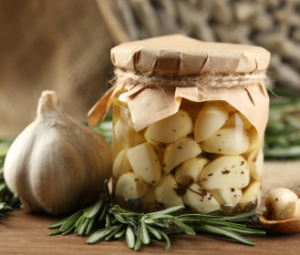 1 lb. garlic
1 lb. garlic- 1 quart water
- 1 tablespoon salt
- Bay leaves
- Black peppercorns
- 1 cup vinegar<
- 1/2 cup water
- 1/4 cup sugar
- A saucepan
- Small jars and lids
Peel the garlic. Boil one quart of water with one tablespoon of salt. Add the garlic and continue to boil for three to five minutes. Drain the garlic.
Fill small jars with the garlic, one bay leaf, and five black peppercorns.
Boil the vinegar along with one-half cup of water and sugar, pour this mixture over the garlic, and immediately close the jars. The garlic will keep for a very long time, and is particularly tasty in salads.
Ted Braam, Hagraulet-Du-Gers
Preserve Sage or Rosemary-Scented Vinegar
- 1 lb. dried sage or rosemary flowers
- 1/2 quart wine vinegar
- A glass jar or bottle with cork or lid
- A fine cloth
- Bottles with corks or lids
Soak the dried flowers in a glass jar filled with wine vinegar. Close the jar and leave it in the sun for eight to ten days. Then filter the contents through a fine cloth, twice. Store this fragrant vinegar in tightly closed bottles.
Michel Guerville, Dannes
Recommended Reads
Recent Articles
Chances are, you’ve seen cattails growing on the edge of your local lake or stream at least once or twice. Instead of just passing these plants, try foraging for and cooking them to create delicious seasonal dishes! The following excerpt is from The New Wildcrafted Cuisine by Pascal Baudar. It has been adapted for the…
Read MoreGarlic mustard: while known as “invasive,” this plant can be consumed in its entirety and has great nutritional value. Plus, the garlic-flavor is a perfect addition to any recipe that calls for mustard! The following are excerpts from Beyond the War on Invasive Species by Tao Orion and The Wild Wisdom of Weeds by Katrina…
Read MoreOh, honeysuckle…how we love thee. If only there was a way to capture the sweet essence of this plant so we could enjoy it more than just in passing. Luckily, foraging and some preparation can help make that happen! Here’s a springtime recipe that tastes exactly like honeysuckle smells. The following excerpt is from Forage,…
Read MoreIntroducing…your new favorite brunch dish! This whole broccoli frittata is packed with fresh, wildcrafted flavors that are bound to help you start your day off on the right foot. The following is an excerpt from The Forager Chef’s Book of Flora by Alan Bergo. It has been adapted for the web. RECIPE: Whole Broccoli Frittata…
Read MoreWondering where to forage for greens this spring? Look no further than hedges, which serve as natural havens for wild greens and herbs! The following is an excerpt from Hedgelands by Christopher Hart. It has been adapted for the web. Food from Hedges: Salads and Greens Let’s start by looking at all the wild foods…
Read More

